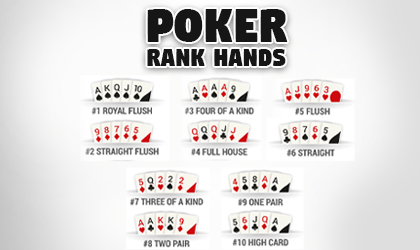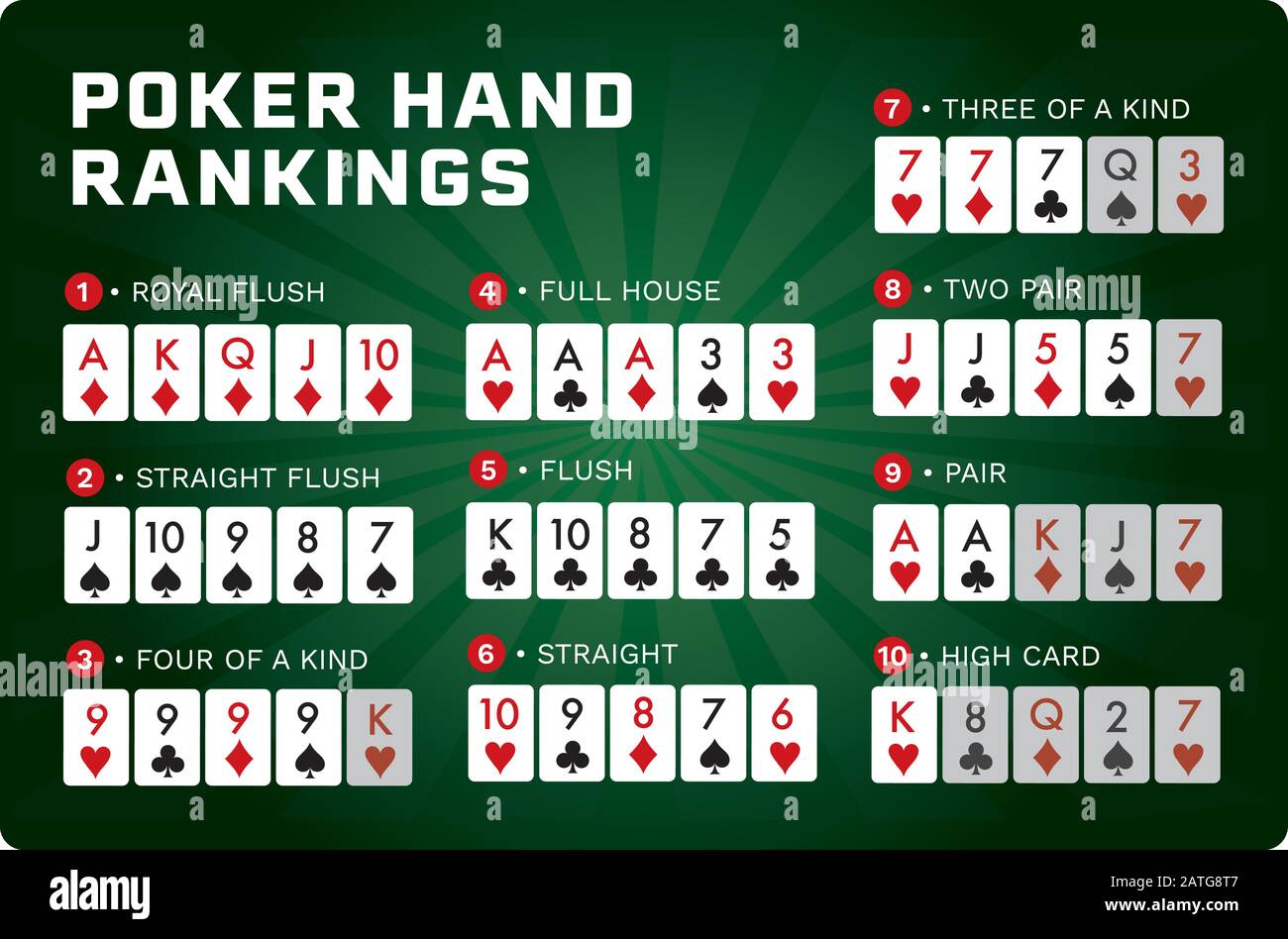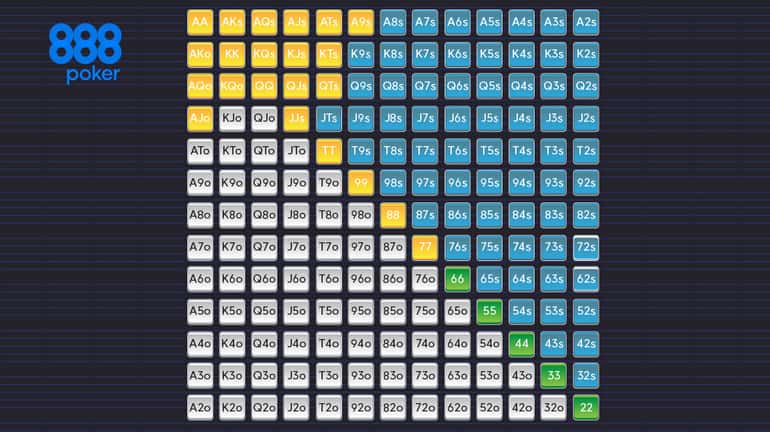How Many Possible Hands In Texas Holdem
- How Many Possible Hands In Texas Holdem Poker
- How Many Possible Hands In Texas Hold'em
- Texas Holdem Hands Order
- Different Hands In Texas Holdem
- Texas Holdem Hands
The player that starts the hand with a better two card starting hand wins the hand more often than the player with a worse hand. This has been proven by computer simulations that run millions of hands and consider every possible outcome. Why Is This Important? The reason all of this is important to Texas holdem players is that you can. We'd agreed that she would three-bet all of her ace-king combos plus queens, kings, or aces, so we conclude she has one of 34 possible hands: 18 pocket pairs and 16 ace-kings. In poker terms, the river is the name for the fifth card dealt, face-up on the board. In total, there are 2,598,960 possible poker hands with 52 cards. The odds of getting four of a. In the case of Texas Hold'em, there's the 2 pocket cards and 5 on the board. This way of working out the probabilities would be the more accurate way - however, just to note, the probabilities worked out on 5 of 52 are practically the same, and far easier to calculate.

What is Poker Combinatorics?
How Many Possible Hands In Texas Holdem Poker
Combinatorics can also be used for off-table analysis. While it is not feasible to list the exact number of flop combos someone has during an actual hand – it should be easy enough afterwards, especially if we use calculation software such as Flopzilla.Why use Poker Combinatorics?
 he has some flush-draws, some top pairs, some underpairs, we can say he has hardly any flush-draws, an average amount of top pair hands, and a large amount of underpairs.
he has some flush-draws, some top pairs, some underpairs, we can say he has hardly any flush-draws, an average amount of top pair hands, and a large amount of underpairs.Preflop Combinations
How Many Possible Hands In Texas Hold'em
 So to summarise:
So to summarise: